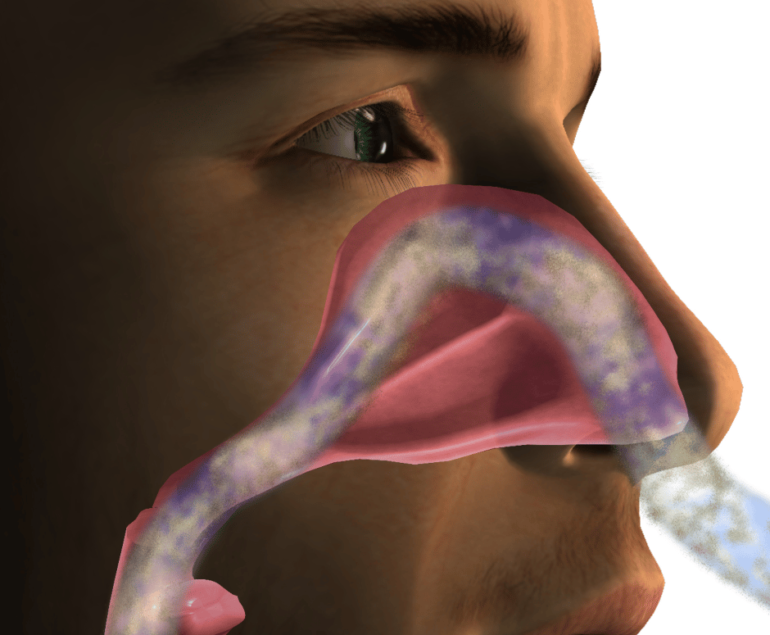Eustachian Tube Dysfunction (ETD) occurs when the Eustachian tube, a small passageway that connects the middle ear to the back of the nose and throat, fails to open or close properly. This dysfunction can lead to discomfort, pain, and even hearing difficulties. As an ENT surgeon, I understand the importance of maintaining good Eustachian tube health. In this article, we’ll explore effective tips and techniques for preventing Eustachian Tube Dysfunction.
Introduction to Eustachian Tube Dysfunction (ETD)
The Eustachian tube plays a crucial role in regulating air pressure within the middle ear, equalizing it with the pressure outside the ear. When this function is impaired, it can result in Eustachian Tube Dysfunction.
Causes of Eustachian Tube Dysfunction
ETD can be caused by various factors, including allergies, sinus infections, changes in altitude, smoking, exposure to pollutants, and structural issues in the Eustachian tube itself.
Symptoms of Eustachian Tube Dysfunction
Common symptoms of ETD include ear pressure and pain, muffled hearing, tinnitus (ringing in the ears), and balance problems.
Diagnosis of Eustachian Tube Dysfunction
Diagnosing ETD typically involves a medical history review, physical examination, and specialized tests such as tympanometry and audiometry. Imaging studies like CT scans or MRIs may also be recommended.
Treatment Options for Eustachian Tube Dysfunction
Treatment for ETD varies depending on the severity and underlying cause but may include nasal decongestants, antihistamines, ear tubes (tympanostomy tubes), Eustachian tube balloon dilation, or surgical intervention.
Preventing Eustachian Tube Dysfunction
Lifestyle Changes
Making certain lifestyle changes can help prevent ETD. Avoiding smoking and exposure to pollutants, managing allergies effectively, and employing techniques for equalizing pressure during altitude changes are important preventive measures.
Home Remedies
Simple home remedies such as steam inhalation, warm compresses, nasal irrigation with saline solution, and herbal remedies like eucalyptus oil or ginger can provide relief and promote Eustachian tube health.
Exercises and Techniques
Engaging in specific exercises and techniques can also aid in preventing ETD. Jaw exercises, nasal exercises like the Toynbee maneuver, and certain yoga poses that aid in sinus drainage can be beneficial.
Importance of Seeking Medical Advice
While preventive measures are crucial, it’s essential to seek medical advice if you experience persistent symptoms of Eustachian Tube Dysfunction. An ENT specialist can provide a proper diagnosis and recommend appropriate treatment options.
Conclusion
Maintaining good Eustachian tube health is essential for overall ear health and function. By implementing preventive measures, lifestyle changes, and home remedies, individuals can reduce their risk of developing Eustachian Tube Dysfunction and enjoy optimal ear health.
FAQs
- Can Eustachian tube dysfunction lead to permanent hearing loss? Eustachian Tube Dysfunction (ETD) itself typically does not cause permanent hearing loss. However, if left untreated, chronic ETD can lead to complications such as middle ear infections or damage to the eardrum, which may result in hearing loss. Seeking timely medical intervention and proper management of ETD can help prevent such complications.
- Is ETD more common in children or adults? Eustachian Tube Dysfunction can affect individuals of all ages, but it is more commonly seen in children, particularly those under the age of 10. This is due to the smaller size and more horizontal orientation of the Eustachian tubes in children, making them more prone to blockages and dysfunction. However, ETD can also occur in adults, especially in those with underlying allergies, sinus issues, or structural abnormalities.
- Can allergies worsen Eustachian tube dysfunction symptoms? Yes, allergies can exacerbate symptoms of Eustachian Tube Dysfunction. Allergic reactions can lead to inflammation and swelling of the nasal passages and Eustachian tubes, causing obstruction and impairing the proper function of the tubes. Managing allergies effectively through medication, avoidance of allergens, and other preventive measures can help reduce the impact of allergies on ETD symptoms.
- Are there any dietary changes that can help prevent ETD? While there are no specific dietary changes known to directly prevent Eustachian Tube Dysfunction, maintaining a healthy diet rich in vitamins and minerals can support overall ear and sinus health. Consuming foods high in antioxidants, such as fruits and vegetables, and staying hydrated by drinking plenty of water can help promote proper mucous membrane function and reduce the risk of sinus congestion, which may indirectly contribute to ETD prevention.
- How long does it typically take to notice improvement with treatment for Eustachian tube dysfunction? The timeframe for improvement in Eustachian Tube Dysfunction symptoms can vary depending on the severity of the condition and the chosen treatment approach. In some cases, individuals may experience relief shortly after starting treatment, while others may require several weeks or months to notice significant improvement. It’s essential to follow the treatment plan prescribed by a healthcare professional and communicate any concerns or lack of progress to ensure optimal management of ETD.
About Author:
Dr. Vivek Kumar Pathak: Renowned ENT Surgeon, Senior Professor, and Founder.
Dr. Pathak, ENT surgeon at Kailash Hospital, Senior ENT Professor at Sharda University, and founder of Entegrity Care, brings expertise and innovation to healthcare. Discover the visionary behind Doxtreat Healthcare, shaping the future of ENT care.
Website www.drvivekpathak.com
Call +917838450942
WhatsApp +91 78384 50942
Book an appointment with Dr. Vivek kumar Pathak by filling the form.



